
The key ingredient for doing social media marketing well is having a strategy.
Without a strategy, you might be posting on social media platforms for the sake of posting. Without understanding what your goals are, who your target audience is, and what they want, it’ll be hard to achieve results on social media.
Whether you want to grow your brand through social media or to level up as a social media marketer, developing a social media marketing strategy is essential.
Here’s one way to do it.
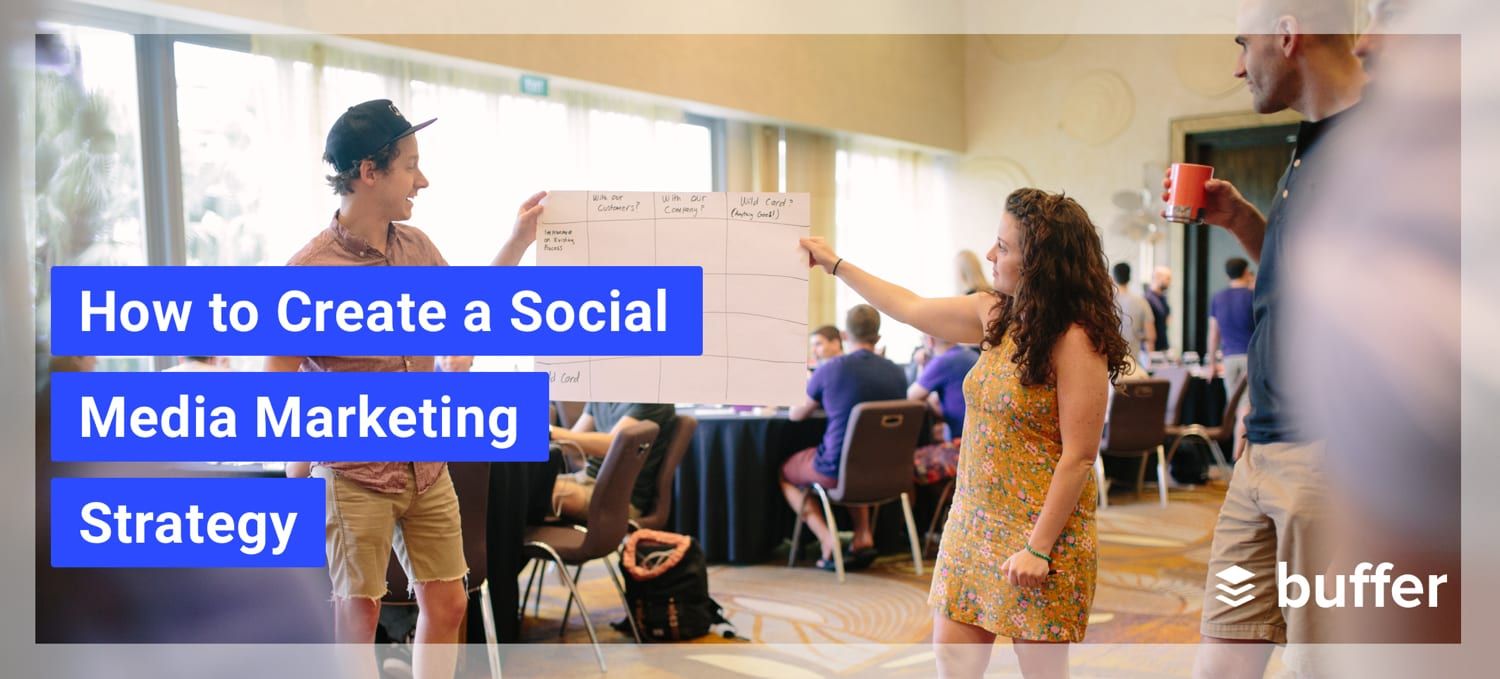
It’s interesting to note that a social media marketing strategy and a social media marketing plan have a lot of crossovers.
You can think of it this way: A strategy is where you’re headed. A plan is how you’ll get there.
One of the simplest ways to create your social media marketing strategy is to ask yourself the 5Ws:
- Why do you want to be on social media?
- Who is your target audience?
- What are you going to share?
- Where are you going share?
- When are you going share?
To help you create your strategy, I have made a simple social media marketing strategy template. Feel free to use, adapt, or modify it as you see fit (after making a copy of it).
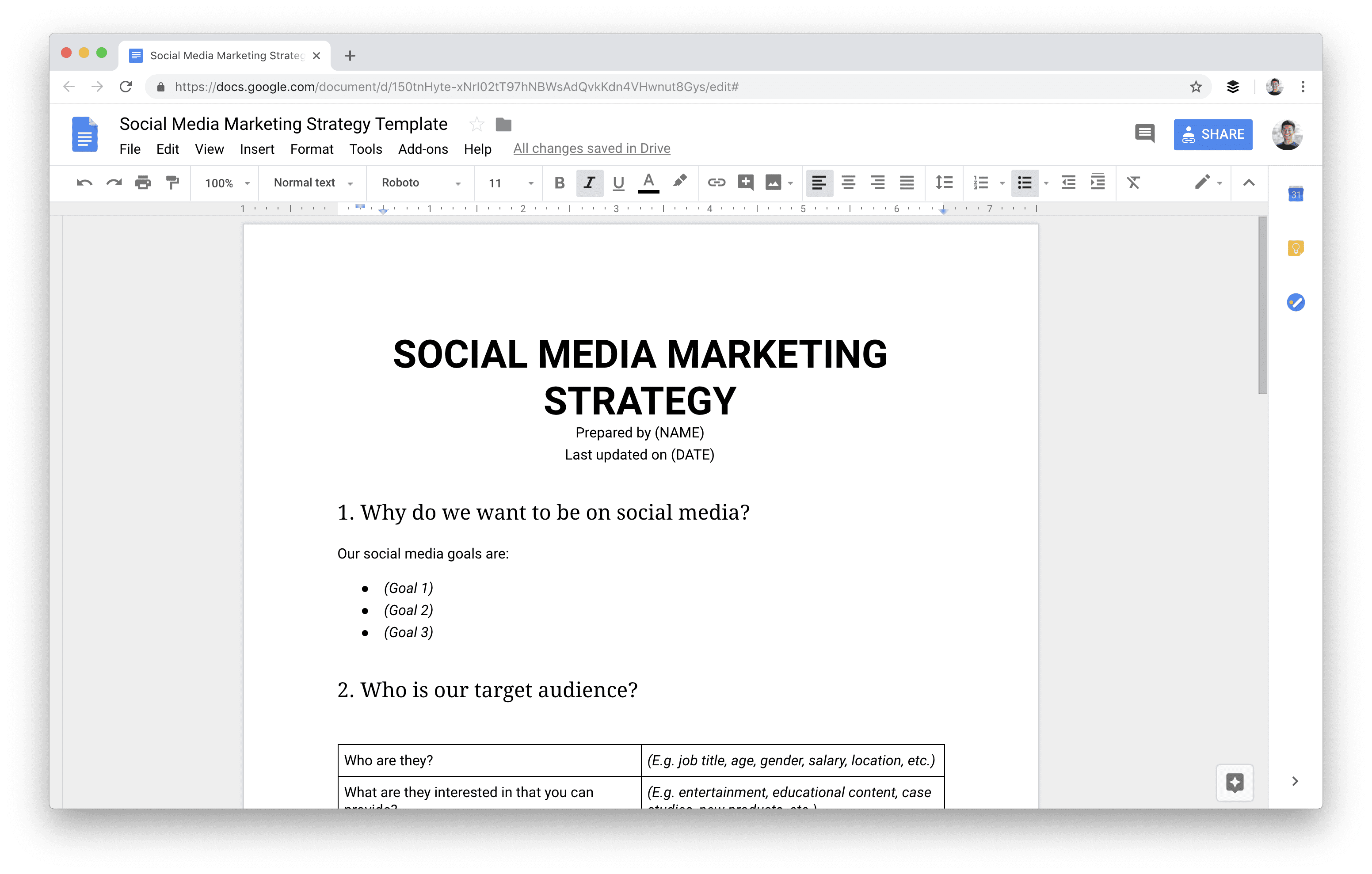
Here’s another interesting point about strategy (or strategies): You can also have a strategy for each of your social media channels, such as a Facebook marketing strategy, an Instagram marketing strategy, and so on, which all lead up to your overall social media marketing strategy.
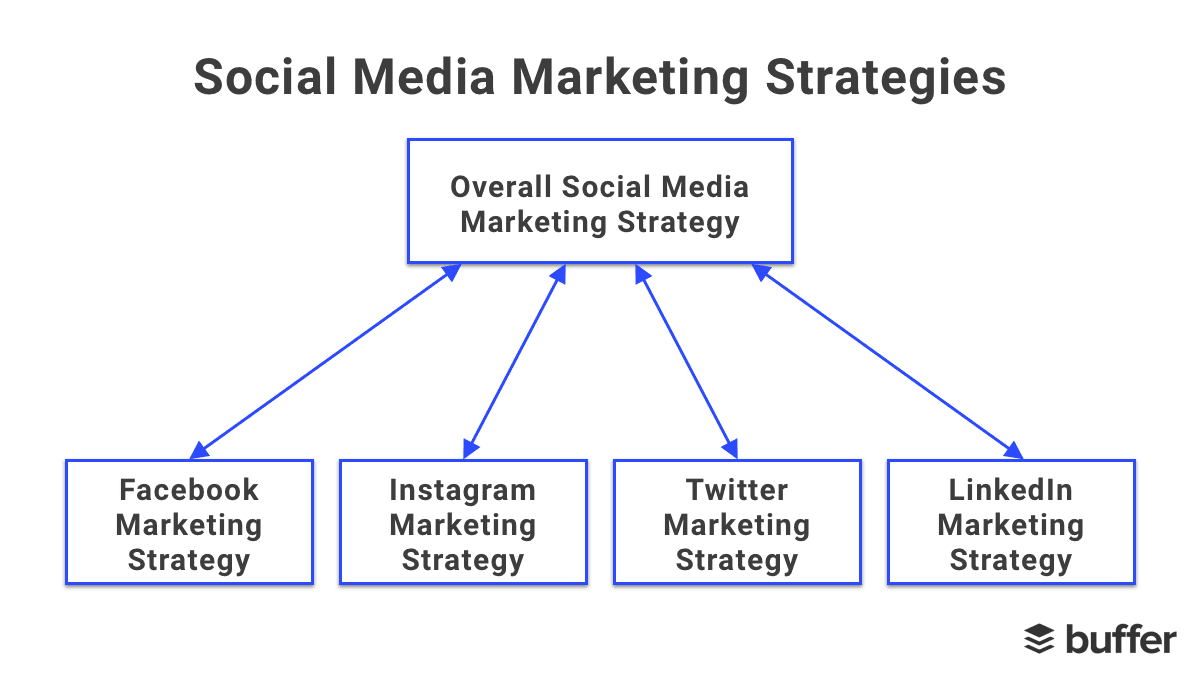
But let’s start with your overall strategy.
1. Why does your business want to be on social media?
The very first question to answer is the Why.
This relates to your social media goals. Are you on social media to promote your products? To drive traffic to your website? Or to serve your customers?
In general, there are the nine social media goals you can have:
- Increase brand awareness
- Drive traffic to your website
- Generate new leads
- Grow revenue (by increasing signups or sales)
- Boost brand engagement
- Build a community around your business
- Provide social customer service
- Increase mentions in the press
- Listen to conversations about your brand
You’ll likely have more than one social media goal, and that’s fine.
Generally, it’s great to focus on just a handful of goals unless you have a team, where different people or groups within the team can take on different goals.
For example, at Buffer, the marketing team uses social media both to increase our brand awareness and drive traffic to our content while our Advocacy team uses social media to provide timely customer support.
2. Who is your target audience?
Once you have figured out your Why, the next thing to consider is your target audience.
Understanding your target audience will help you more easily answer the following questions on what, where, and when you are going to share.
For instance, if a travel and lifestyle brand (like Away) knows that its target audience loves to read about new places and travel tips, it could share such content on its social media profiles.
A great exercise to try here is to build marketing personas.
There are many different ways of building marketing personas. My personal favorite approach is to, again, use the 5Ws and 1H.
- Who are they? (E.g. job title, age, gender, salary, location, etc.)
- What are they interested in that you can provide? (E.g. entertainment, educational content, case studies, information on new products, etc.)
- Where do they usually hang out online? (E.g. Facebook, Instagram, etc. or niche platforms)
- When do they look for the type of content you can provide? (E.g. weekends, during their daily commute, etc.)
- Why do they consume the content? (E.g. to get better at their job, to become healthy, to stay up to date with something, etc.)
- How do they consume the content? (E.g. read social media posts, watch videos, etc.)
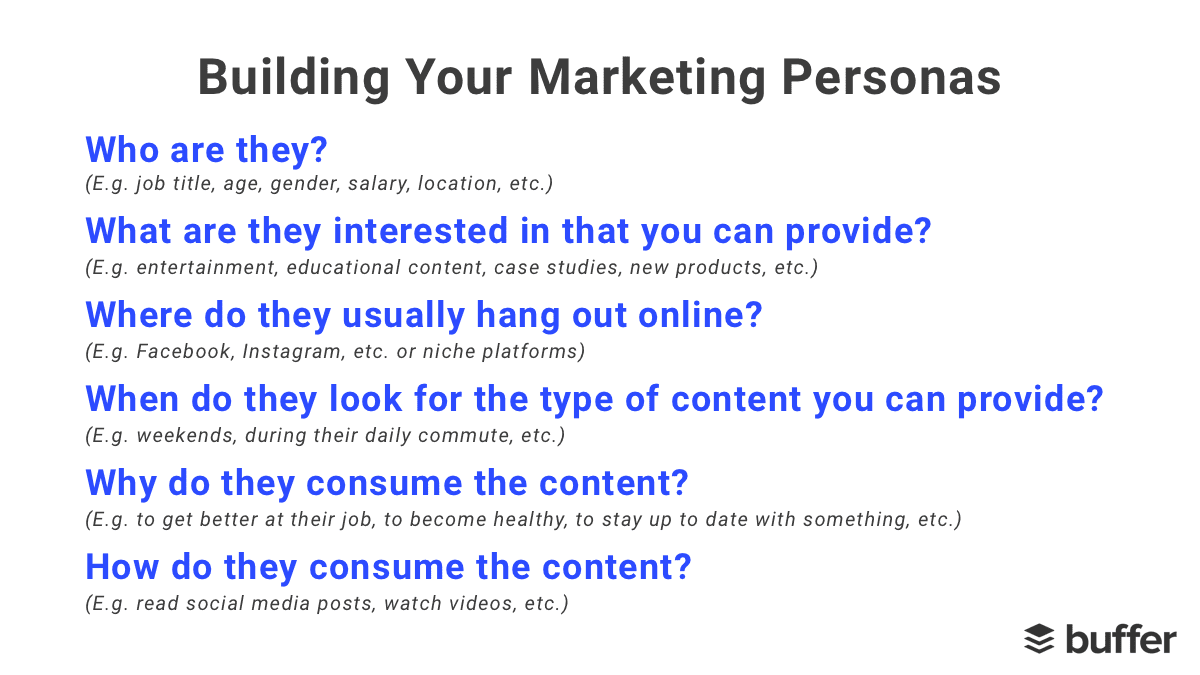
You likely don’t have to start from scratch. If your business has been running for a while, you most probably already have a good sense of your target audience. What might be helpful is to write it down so that you can share it with the team or use for your future reference.
To help you with developing your marketing persona, Kevan Lee, our Director of Marketing, have written a complete guide to marketing personas.
3. What are you going to share?
When you see this question, you might be thinking about the types of content to share. For example, do you want to share videos or images?
But hold on for a second!
We’re talking about your social media marketing strategy here so let’s take a step back and think on a higher level. Instead of the types of content to share, “theme” might be a better word.
Here are a few brands and their theme(s):
If you scroll through the social media profiles mentioned above, you might have noticed that the brands have more than one main theme. Having a handful of themes is perfectly fine as it gives you the space to share a range of content to keep your audience engaged without being seemingly unfocused.
This is where a good understanding of your target audience will be helpful. Look at your marketing personas and consider the following questions:
- What goals and challenges do they have?
- How can you help solve them?
For a fitness apparel and accessories brand (like Gymshark), a goal of its target audience might be to stay up-to-date with the latest fitness gears. In that case, it can share its latest products on its social media profiles.
(Would that be too promotional? Maybe not. Investment bank Piper Jaffray surveyed more than 8,600 American teenagers and found that 70 percent of them preferred brands to contact them about new products through Instagram. The key goes back to understanding your target audience.)
4. Where are you going share?
The next step is to determine where you are going to share your content. In other words, which social media platforms does your brand want to be on?
(Related: Here are the top 21 social media sites to consider for your brand.)
Before we go any further, remember that your brand doesn’t have to be on every social media platforms. We have made
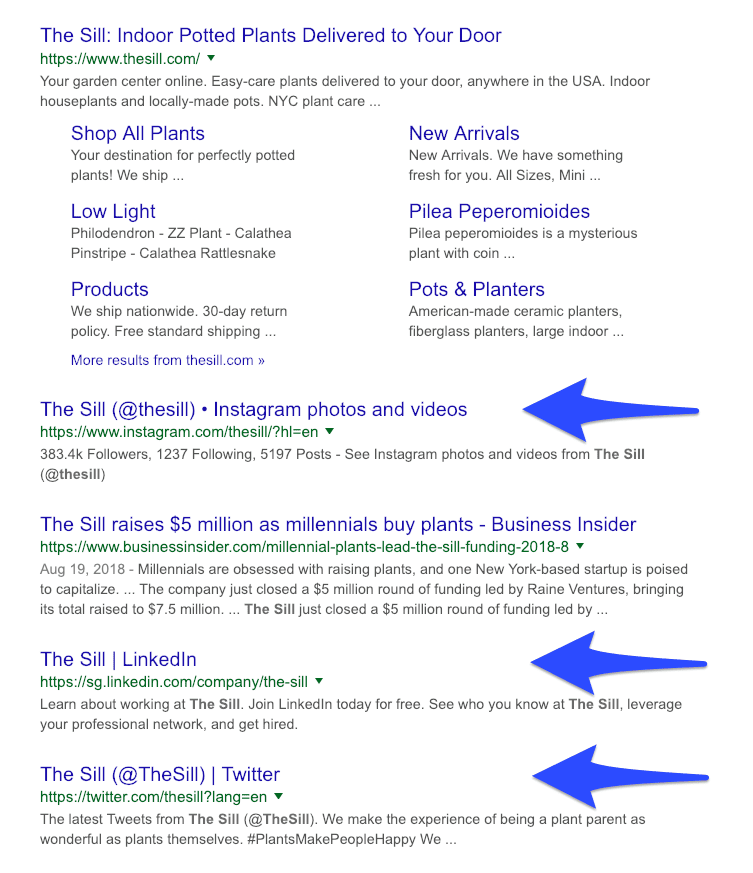
Again, your understanding of your target audience will come in handy here. Which platforms are your target audience most active on? What makes them visit that platform? For example, teenagers and young adults might like scrolling through Instagram when they are bored to see what their friends are doing or whether their favorite brands have new products.
Another, albeit smaller, thing to consider is, what is your brand’s “X factor”? Are you great at photography, videos, or writing? Certain platforms lend itself well to certain content types. For example, photos are great on Instagram, long-form videos on YouTube, articles on Medium. But this is a minor point because social media platforms are evolving to provide almost every type of content nowadays.
Finally, consider smaller, niche platforms, too. For example, Zwift, a multiplayer online cycling training software company, has started a club on Strava, a social network for athletes. Their club has more than 57,000 cyclists, and thousands engage with their posts on Strava.
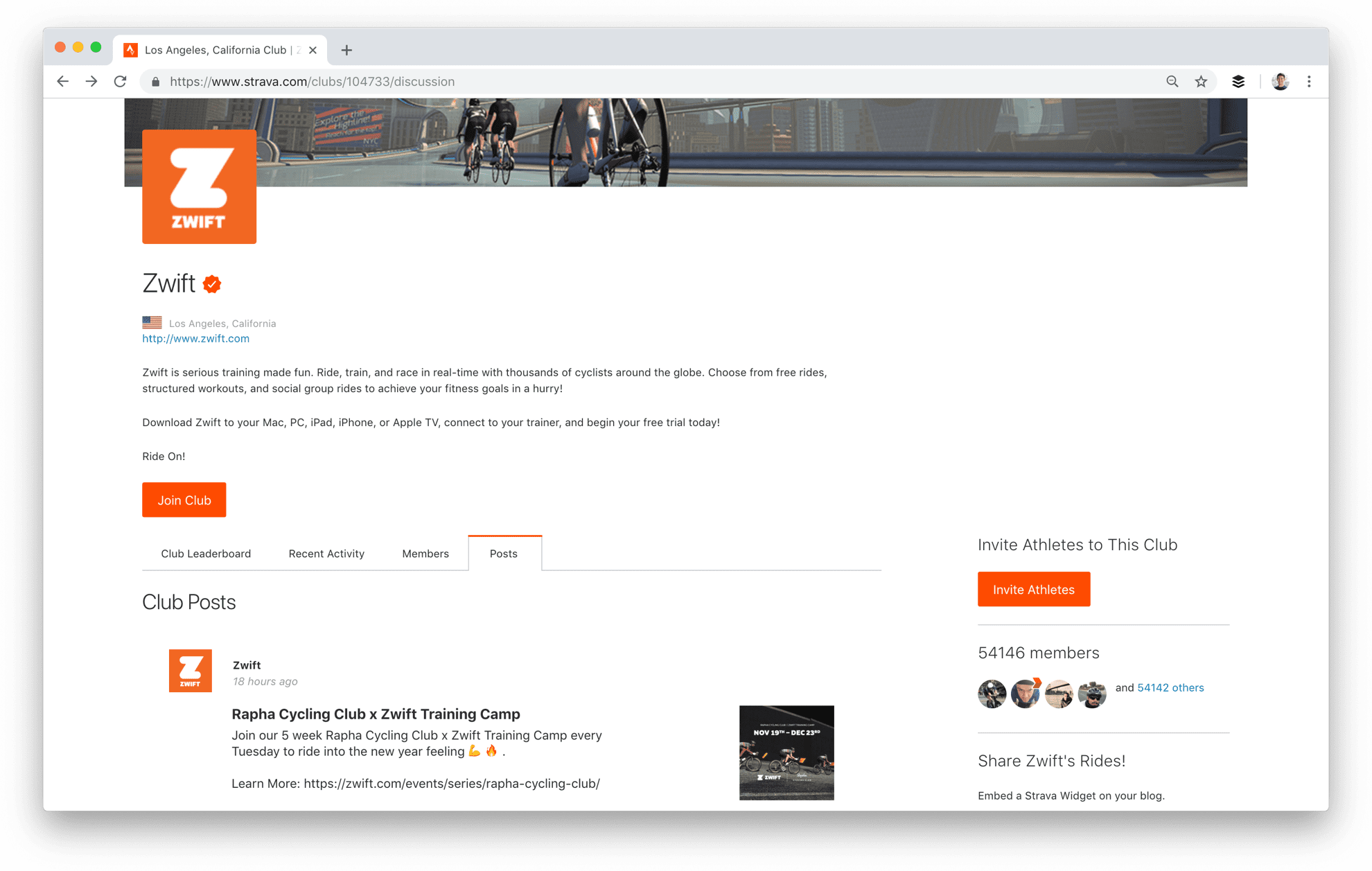
5. When are you going share?
The last key part of your strategy is figuring out when you want to share your content. You might be tempted to jump into a research for the best time(s) to post.
Pause. And breathe.
Let’s take a step back and look at this from a higher level again. Before deciding exactly which time of the day and days of the week you want to post, consider the behaviors of your target audience.
When do they usually use social media to find the type of content that you’ll share?
Here are some examples to consider:
- Sports fans are likely on social media just before, during, and just after sports events to find and interact with content about the event.
- Athletes might be on Instagram while they are cooling down after their morning or evening workouts.
- People who love to travel might be more active on social media during the weekends when they are planning for their next trip (or during their work breaks when they are dreaming about their next trip).
- Mothers of babies might be scrolling through social media when they are breastfeeding in the middle of the night.
You might have inferred from these few examples that there might not be a universal best time to post. It really depends on your audience. So for this step, focus on the general behavior patterns of your target audience.
When you have created your social media marketing strategy, you can then find your brand’sbest time to post through experimentation.
Finally, how are you going to execute this strategy?
And there you have it — your social media marketing strategy!
But that’s not the end. As mentioned above, a strategy is where you’re headed; a plan is how you’ll get there. You have decided where to head to; now you need a plan.
How should you fill out your social media profiles? What should your tone and voice be like? What posts type (i.e. image, link, video, etc.) should you use?
To help you with the next step and your social media success, we have a step-by-step guide for creating a social media marketing plan. Here’s a sneak peek of the infographic you’ll find in that guide:
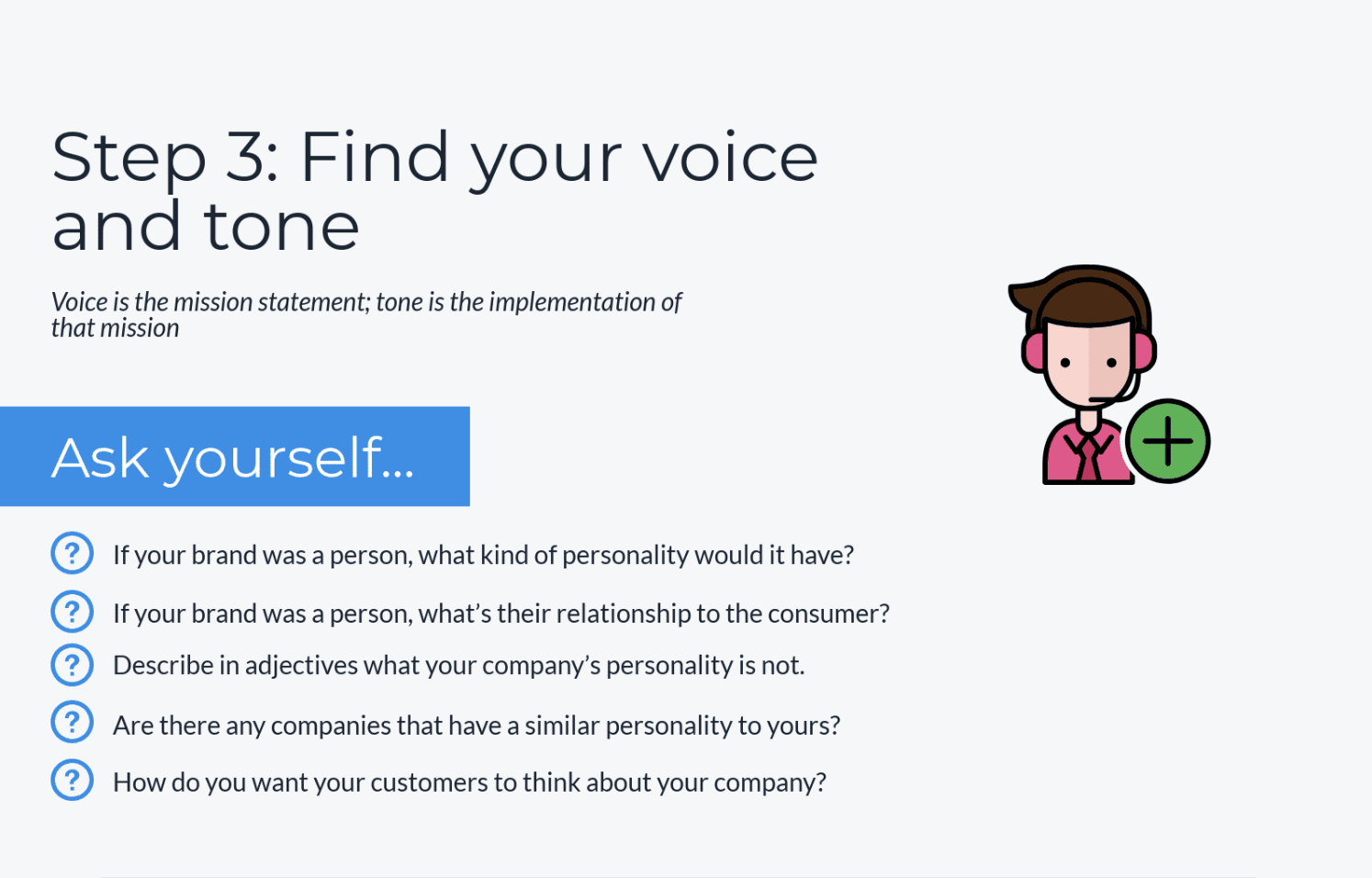
Focus on the big picture
Developing a social media marketing strategy is probably one of the hardest things to do because it requires you to step back and look at the big picture. You have to shift your mindset away from your daily tasks like scheduling and replying to comments to higher-level thinking.
But it’s greatly rewarding and helpful to have a social media marketing strategy so that you aren’t just posting content just for the sake of posting content. It’ll help you achieve your social media and business goals.
P.s. You might like these related resources:

